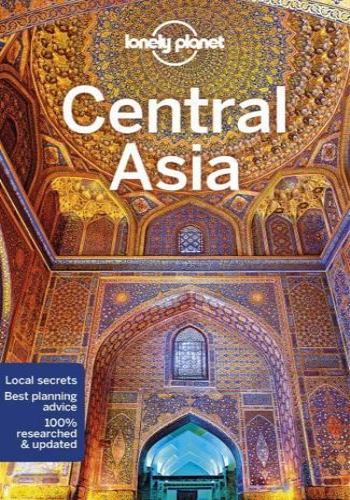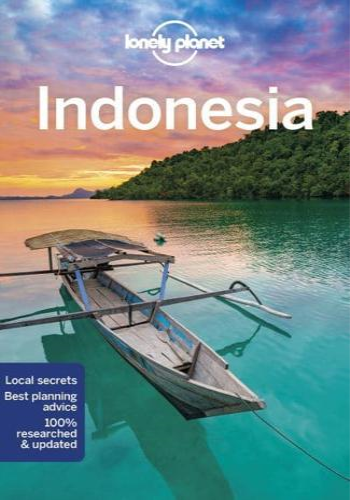Lonely Planet: The world's leading travel guide publisher
Lonely Planet Central Asia is your passport to the most relevant, up-to-date advice on what to see and skip, and what hidden discoveries await you. Enjoy booming Almaty's cafes, clubs and shops, wind through rugged mountains past ancient tombs, hot springs, and remote Kyrgyz yurt camps on Tajikistan's Pamir Highway; and wonder at the architecture in Uzbekistan's Samarkand - all with your trusted travel companion. Get to the heart of central Asia and begin your journey now!
Inside Lonely Planet's Central Asia:
- Colour maps and images throughout
- Highlights and itineraries help you tailor your trip to your personal needs and interests
- Insider tips to save time and money and get around like a local, avoiding crowds and trouble spots
- Essential info at your fingertips - hours of operation, phone numbers, websites, transit tips, prices
- Honest reviews for all budgets - eating, sleeping, sightseeing, going out, shopping, hidden gems that most guidebooks miss
- Cultural insights provide a richer, more rewarding travel experience - covering history, art, literature, music, architecture, landscapes, wildlife, Islam in Central Asia, the Silk Road, Central Asia today
- Covers Kyrgyzstan, Kazakhstan, Uzbekistan, Turkmenistan, Tajikistan, and more
The Perfect Choice: Lonely Planet Central Asia is our most comprehensive guide to the region, and is perfect for discovering both popular and offbeat sights.
Travelling further afield? Check out Lonely Planet's Mongolia, China and Iran guides for a comprehensive look at all those countries have to offer.
About Lonely Planet: Lonely Planet is a leading travel media company and the world's number one travel guidebook brand, providing both inspiring and trustworthy information for every kind of traveller since 1973. Over the past four decades, we've printed over 145 million guidebooks and grown a dedicated, passionate global community of travellers. You'll also find our content online, and in mobile apps, video, 14 languages, nine international magazines, armchair and lifestyle books, ebooks, and more.
'Lonely Planet guides are, quite simply, like no other.' - New York Times
'Lonely Planet. It's on everyone's bookshelves, it's in every traveller's hands. It's on mobile phones. It's on the Internet. It's everywhere, and it's telling entire generations of people how to travel the world.' - Fairfax Media (Australia)







